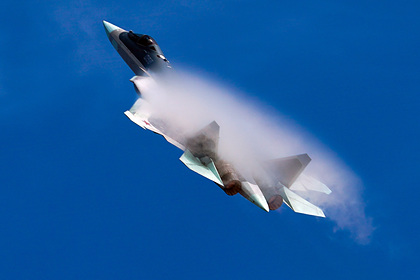The Russian advanced long-range aviation complex (PAK DA) will be able to surreptitiously overcome the borders of the air defense of NATO countries, RIA Novosti reports, citing a source in the military-industrial complex.
According to the source, "special models and individual full-size elements of the created bomber passed a series of bench tests to assess the level of radar visibility," as a result of which "ultra-low indicators of the effective scattering surface area (ESR) were confirmed) "YES, calculated at the stage of scientific research by computer modeling methods."
The source added that the detection radius of the PAK DA by foreign radars will decrease "by several orders of magnitude", which "will allow a promising bomber, when using certain tactics, to overcome undetected advanced air defense lines, including fighter aircraft, including the advanced air defense lines of the most developed countries of the North Atlantic Alliance in this regard."
In December 2020 , TASS, citing a source in the military-industrial complex, reported that several prototypes are being assembled in Russia at the same time, in particular, "two or three objects" intended for ground and flight tests have already been put into production.
At the same time, the managing director of Samara-based UEC-Kuznetsov, Alexey Sobolev , said that in 2021, the United Engine Corporation (UEC) will conduct the first bench tests of the engine for the PAK DA, called "Product of the Russian Federation".
In December 2019, Russian Deputy Defense Minister Alexey Krivoruchko said that the PAK DA, designed to perform the tasks of long-range aircraft Tu-160, Tu-95MS and Tu-22M3, will enter service with the Aerospace Forces (VKS) by the end of 2027.
Ivan Potapov

